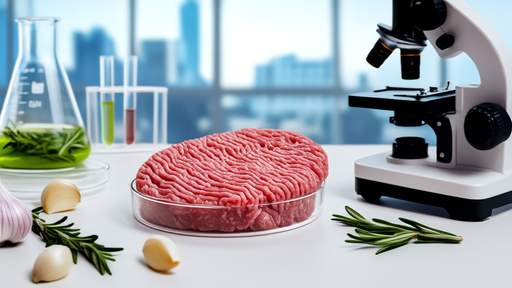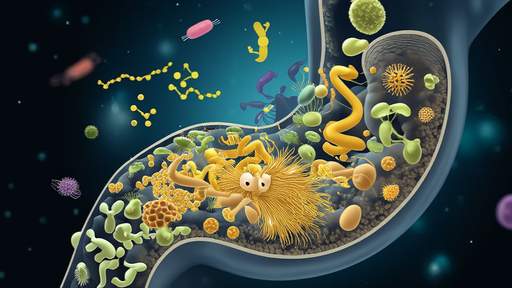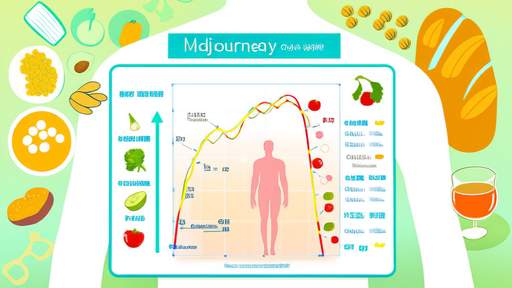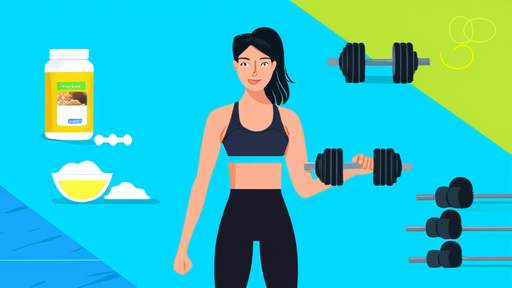The concept of fasting and intermittent fasting has gained significant traction in recent years, touted as a miracle solution for weight loss, longevity, and overall health. But beneath the glossy promises lies a more complex reality—one that raises critical questions about whether these practices genuinely activate cellular repair or simply push the body into a state of deprivation. As scientists and health enthusiasts debate the merits and risks, it’s worth examining the evidence to separate fact from hype.
The Science Behind Fasting
At its core, fasting involves voluntarily abstaining from food for a set period, ranging from several hours to days. Intermittent fasting, a popular variation, cycles between eating and fasting windows—such as the 16:8 method (16 hours fasting, 8 hours eating). Proponents argue that these practices trigger autophagy, a cellular "clean-up" process where damaged cells are broken down and recycled. This mechanism, they claim, not only slows aging but also reduces the risk of chronic diseases like cancer and Alzheimer’s.
Studies on animals have shown promising results. Mice subjected to intermittent fasting exhibited improved insulin sensitivity, reduced inflammation, and even extended lifespans. Human trials, though limited, suggest similar benefits, particularly in metabolic health. However, critics caution that the long-term effects remain unclear, and what works in lab mice may not always translate to humans.
The Fine Line Between Repair and Stress
While fasting may kickstart beneficial processes, it also places the body under significant stress. In the absence of food, the body turns to stored glucose and fat for energy, leading to ketosis—a state where fat is burned for fuel. For some, this metabolic shift can enhance mental clarity and energy. For others, it results in fatigue, dizziness, and irritability.
More concerning is the potential for fasting to become a gateway to disordered eating. The line between disciplined fasting and unhealthy restriction can blur, especially for individuals prone to eating disorders. Nutritionists warn that prolonged fasting may lead to muscle loss, nutrient deficiencies, and a slowed metabolism—counteracting any purported benefits.
Cultural and Historical Context
Fasting is far from a modern trend. Many religions and cultures have practiced it for centuries, often as a form of spiritual purification. Ramadan, Yom Kippur, and Lent are just a few examples where fasting plays a central role. Historically, these practices were temporary and community-oriented, not intended as year-round lifestyle choices.
Today’s fasting culture, however, is often driven by individualistic health goals rather than collective tradition. This shift raises questions about whether the modern interpretation of fasting—stripped of its cultural and spiritual context—still holds the same balance and wisdom.
Who Stands to Benefit—and Who Doesn’t?
Not everyone responds to fasting in the same way. Athletes and highly active individuals, for instance, may struggle to meet their energy needs during fasting windows, leading to decreased performance and recovery. Pregnant women, diabetics, and those with a history of eating disorders are generally advised to avoid fasting altogether.
On the other hand, individuals with insulin resistance or metabolic syndrome might see improvements in blood sugar control and weight management. The key, experts say, is personalization. What works for one person could be detrimental to another.
The Bottom Line
Fasting and intermittent fasting are neither magic bullets nor dangerous fads—they exist in a gray area where context matters. While emerging research highlights potential benefits, it’s crucial to approach these practices with caution, ideally under professional guidance. The body’s response to fasting is highly individual, and what appears as cellular repair for some might manifest as undue stress for others.
As the science evolves, so too should our understanding. For now, the debate continues: Is fasting a pathway to rejuvenation, or is it merely another way to strain an already overburdened body? The answer, it seems, lies somewhere in between.

By /Jun 5, 2025

By /Jun 5, 2025

By /Jun 5, 2025

By /Jun 5, 2025

By /Jun 5, 2025

By /Jun 5, 2025

By /Jun 5, 2025

By /Jun 5, 2025

By /Jun 5, 2025

By /Jun 5, 2025

By /Jun 5, 2025

By /Jun 5, 2025

By /Jun 5, 2025

By /Jun 5, 2025

By /Jun 5, 2025

By /Jun 5, 2025

By /Jun 5, 2025

By /Jun 5, 2025

By /Jun 5, 2025

By /Jun 5, 2025